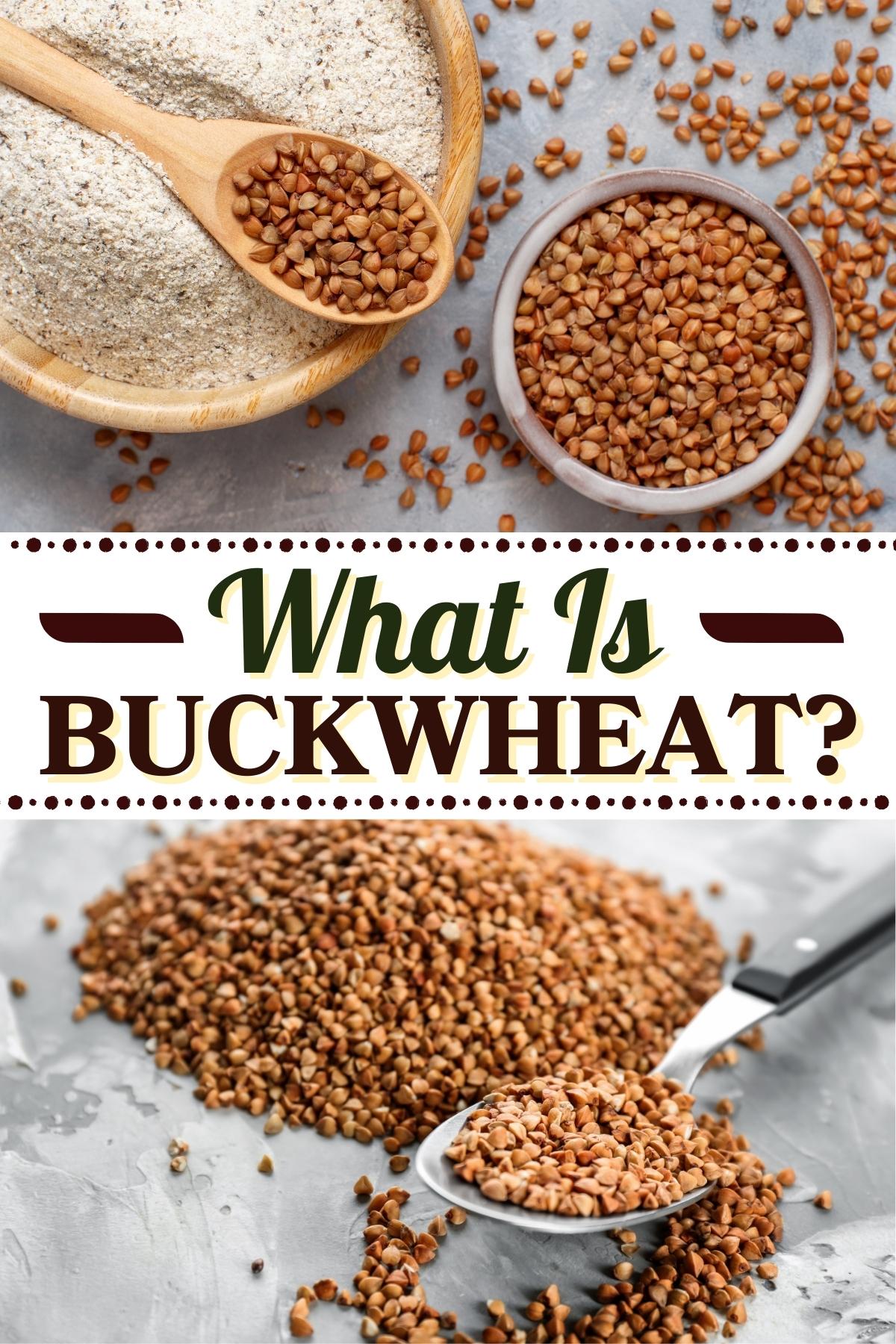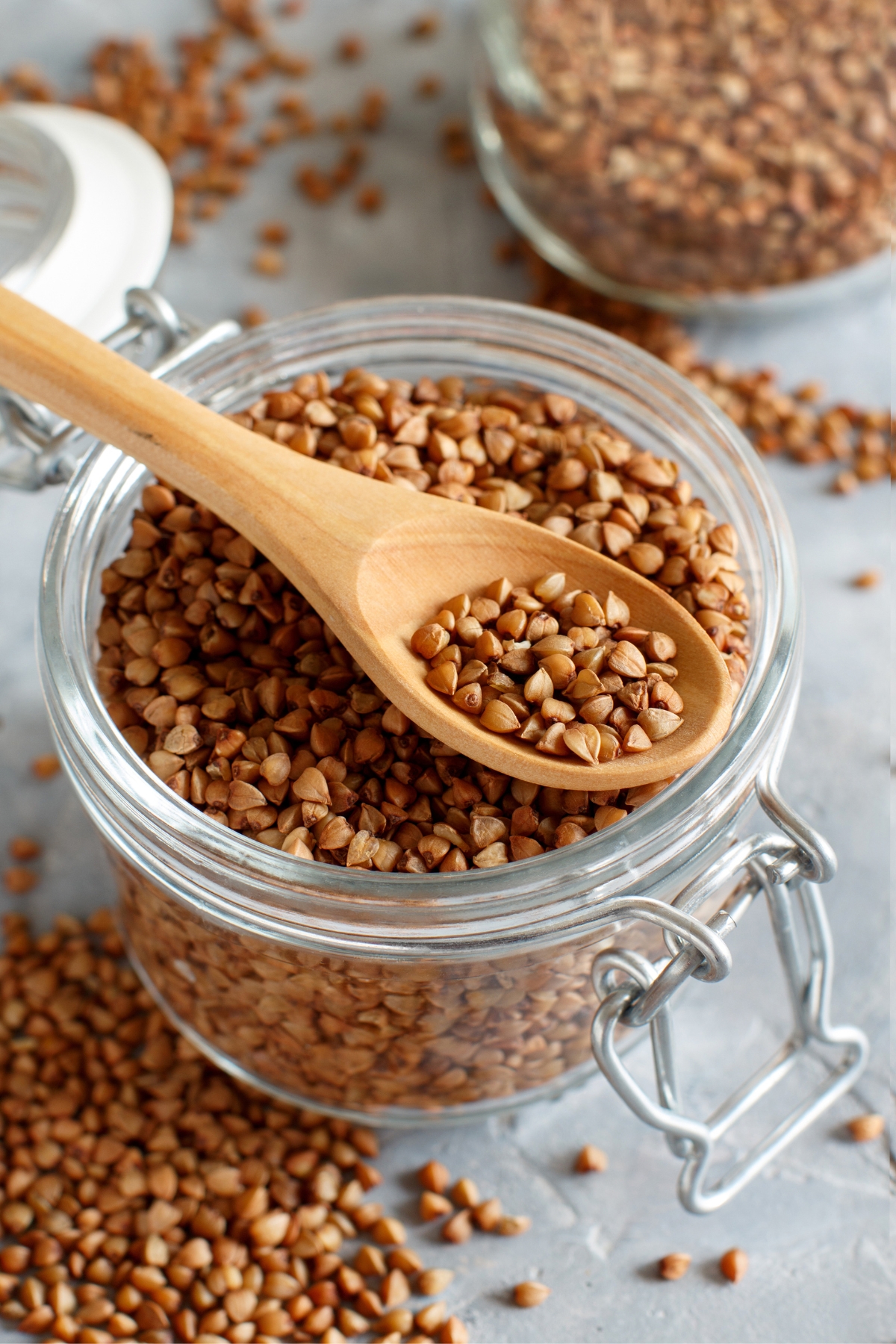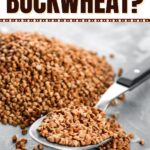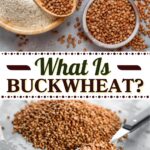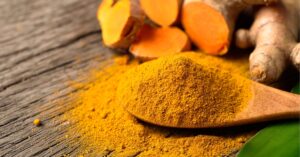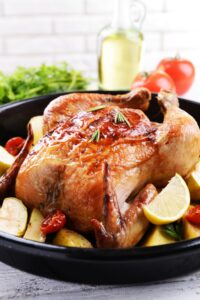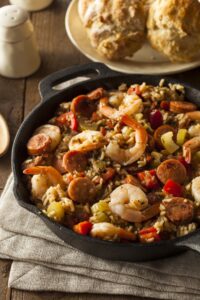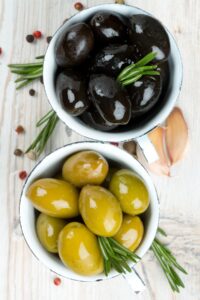Buckwheat is a nutritious, gluten-free alternative to traditional grains. But what exactly is buckwheat? Despite its deceiving name, it’s not quite the wheat or grain you might think of.
This under-appreciated pseudo-cereal is the secret ingredient you’ve been waiting to discover.
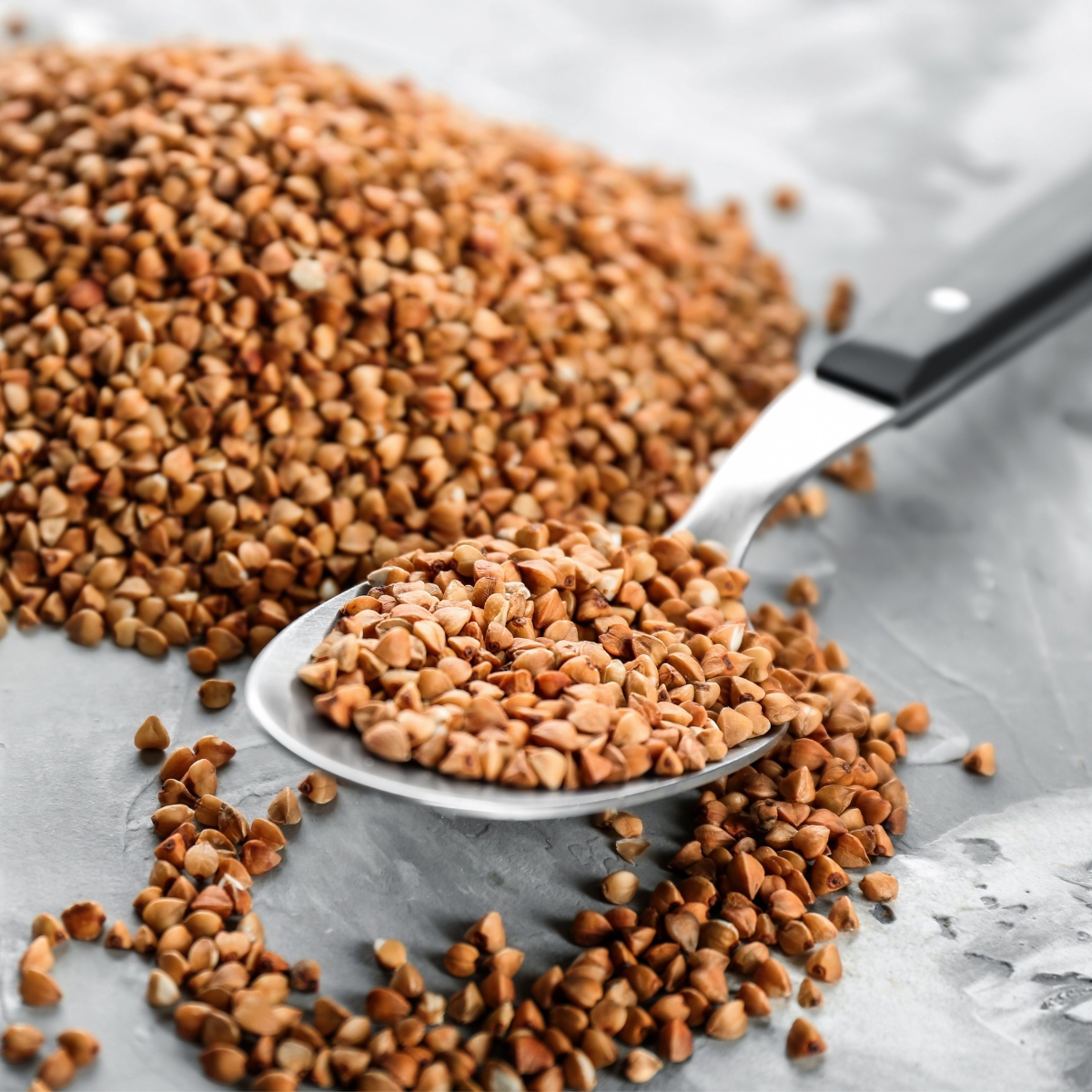
Let’s delve into the heart of this nutrient-packed powerhouse.
Explore its origins, nutritional benefits, and why it deserves a spot in your pantry.
What is Buckwheat?
Despite what its name might suggest, buckwheat isn’t a type of wheat at all. In fact, it’s not even a grain: it’s a pseudo-cereal!
This means buckwheat doesn’t grow on grass like wheat, corn, or rice. It comes from a flowering plant, surprise!
The real kicker about buckwheat is its nutritious profile. It’s packed with high-quality protein, is rich in fiber, and is abundant in antioxidants. Plus, it’s naturally gluten-free, which makes it an excellent alternative for those who have gluten sensitivity.
You’ll find buckwheat in various forms, including whole groats, cracked groats, and flour. Whole and cracked groats are fabulous in pilafs, salads, or as a stand-in for rice or oatmeal.
As for buckwheat flour, you might recognize it from deliciously earthy, slightly nutty-flavored baked goods.
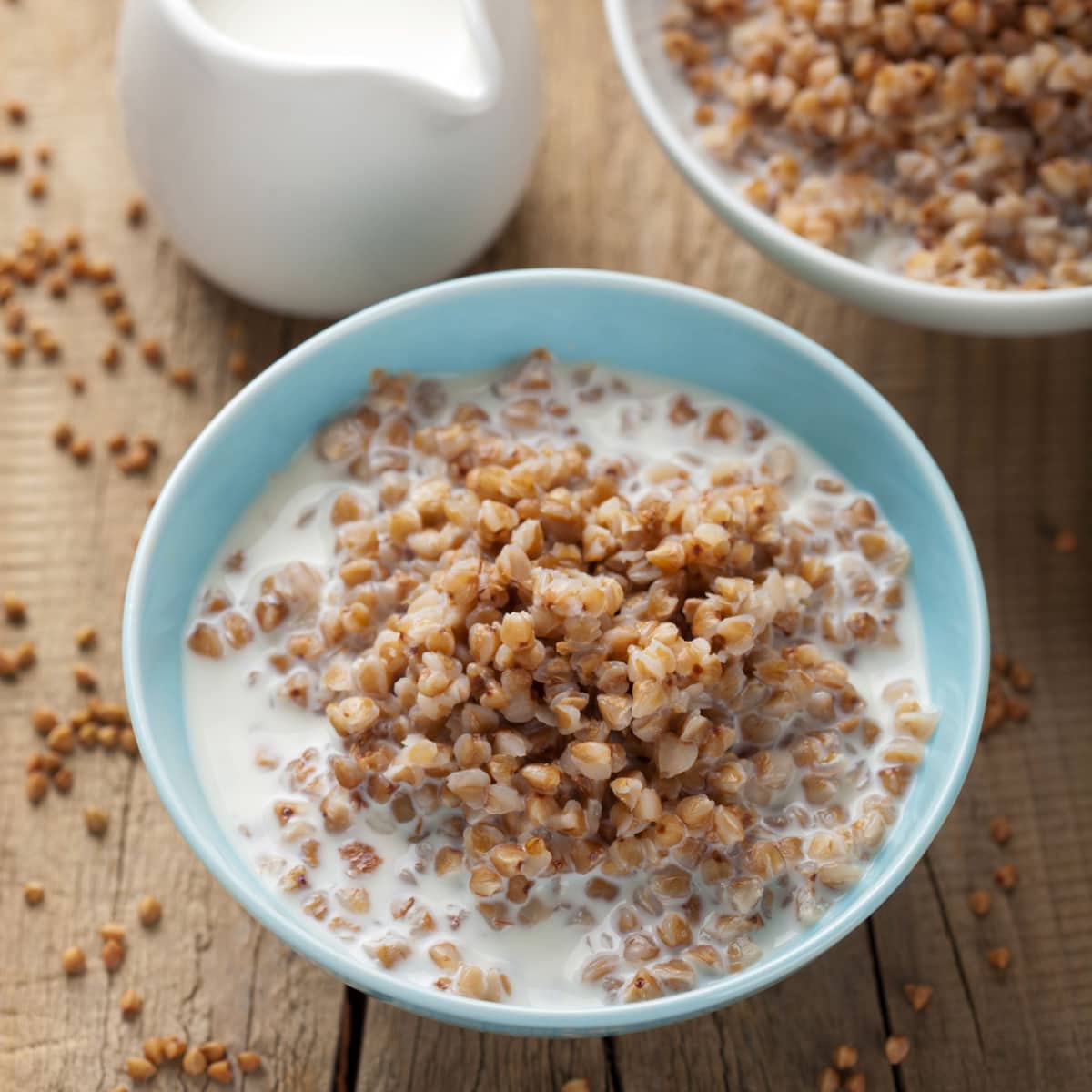
What Does Buckwheat Taste Like?
The taste of buckwheat is truly something unique. It has a robust, slightly nutty flavor with earthy undertones. Some even find it has a hint of bitterness, which gives it a distinct depth.
Its texture, however, depends a lot on how it’s prepared:
- Whole buckwheat groats have a delightfully soft yet firm texture when cooked properly.
- When ground into flour, buckwheat lends its unique flavor to various dishes.
Buckwheat recipes like pancakes, for instance, have a more hearty and rich taste than their regular wheat-based counterparts.
Similarly, buckwheat noodles (or soba noodles) have a full-bodied flavor that stands out even in a simple broth.
Because buckwheat has such a pronounced taste, it can change the flavor profile of some recipes.

Various Forms of Buckwheat and How to Use Them
Have you ever heard of various forms of buckwheat? It’s not just for pancakes anymore. Check out these types of buckwheat and discover how they can elevate your everyday cooking.
1. Whole Buckwheat Groats
These are the hulled seeds of the buckwheat plant and have a robust and nutty flavor. You can toast them lightly to bring out their taste before cooking.
They work well as a side dish, like rice, or as a base for salads and bowls. They’re also a delightful addition to soups and stews, providing a satisfying texture and nutrients.
2. Cracked Buckwheat or Buckwheat Grits
These are simply whole buckwheat groats that have been cracked into smaller pieces. They cook more quickly than whole groats and have a creamier texture.
They’re an excellent choice for hot breakfast cereals, similar to grits or cream of wheat.
3. Buckwheat Flour
This is a gluten-free flour ground from whole buckwheat groats. It has a distinct, nutty flavor and is traditionally used in various dishes.
It’s typically used to make pancakes, noodles, and unleavened bread.
3. Puffed Buckwheat
Like puffed rice, puffed buckwheat is whole groats that have been heated until they puff up.
They’re a crunchy addition to breakfast cereals, muesli, and granola bars. You can even add it as a topping for yogurt and desserts.
Remember, buckwheat is a strong-flavored, nutrient-packed food that may take some getting used to.
But once you embrace it, you’ll find it opens up a whole new world of culinary possibilities. Happy experimenting!
How to Cook Buckwheat
Cooking buckwheat is straightforward. the process is similar to cooking other grains.
Simply cook it for 10 to 15 minutes in boiling water and drain it. And voila, you have cooked buckwheat!
Where to Buy
Buckwheat can be found in various places depending on the specific form you’re after. Here are a few options:
1. Local Supermarkets: Most well-stocked grocery stores will carry some form of buckwheat, usually in the baking or health food aisle.
2. Health Food Stores: Health food stores often have a more extensive range of buckwheat products. You might find buckwheat groats, flour, and less common forms like puffed or grits.
3. Bulk Food Stores: If you’re looking to buy it in larger quantities, bulk food stores are a great place to check. They often carry whole and cracked buckwheat groats and buckwheat flour.
4. Online: If you need help locating buckwheat locally, you can almost always find it online. Websites like Amazon, iHerb, or health food-specific online retailers offer buckwheat.
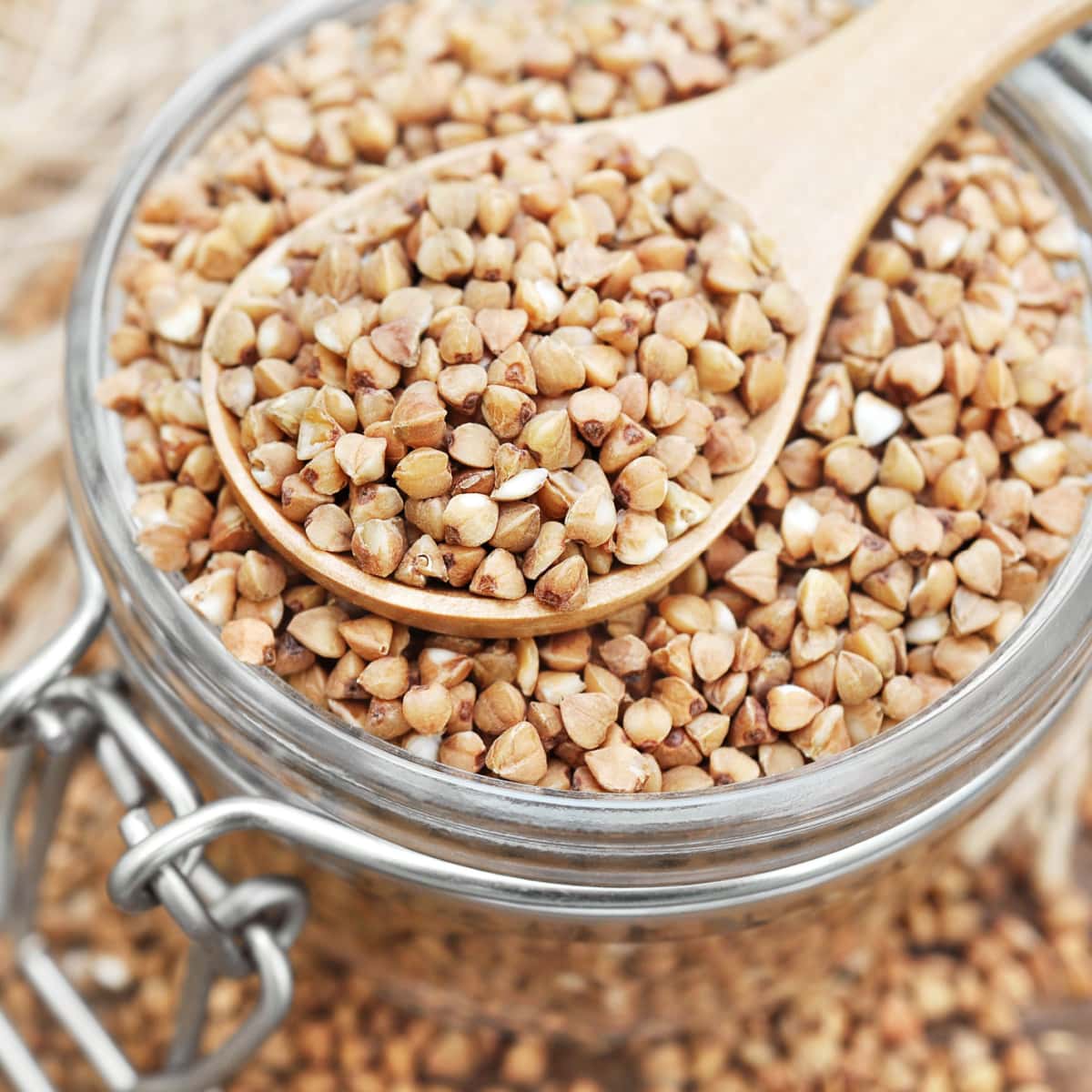
How to Store
Keep your buckwheat fresh and nutritious by nailing the storage game. Here’s how:
- Buckwheat groats – Store them in an air-tight container in a cool, dry place away from heat, light, and moisture. Consume it within 2 months.
- Buckwheat grain – Store it as you would with groats. Buckwheat flour has a shorter shelf life, so use it immediately or within one month.
Note: If you want to double buckwheat’s shelf life, store it in the refrigerator or freezer.
How to Cook Buckwheat
Ingredients
160g buckwheat groats
Directions
1. Put the buckwheat groats in a spacious saucepan (enough for lots of water) and cover it with boiling water.
2. Boil it on high, then reduce it to medium-low heat, cooking for 10-15 minutes, based on your preference. Check and taste it after 10 minutes and extend the cooking time if needed.
3. Drain the boiled buckwheat in a sieve. Fluff the cooked buckwheat with a fork before serving. It should be tender but still have a slight bite to it.
